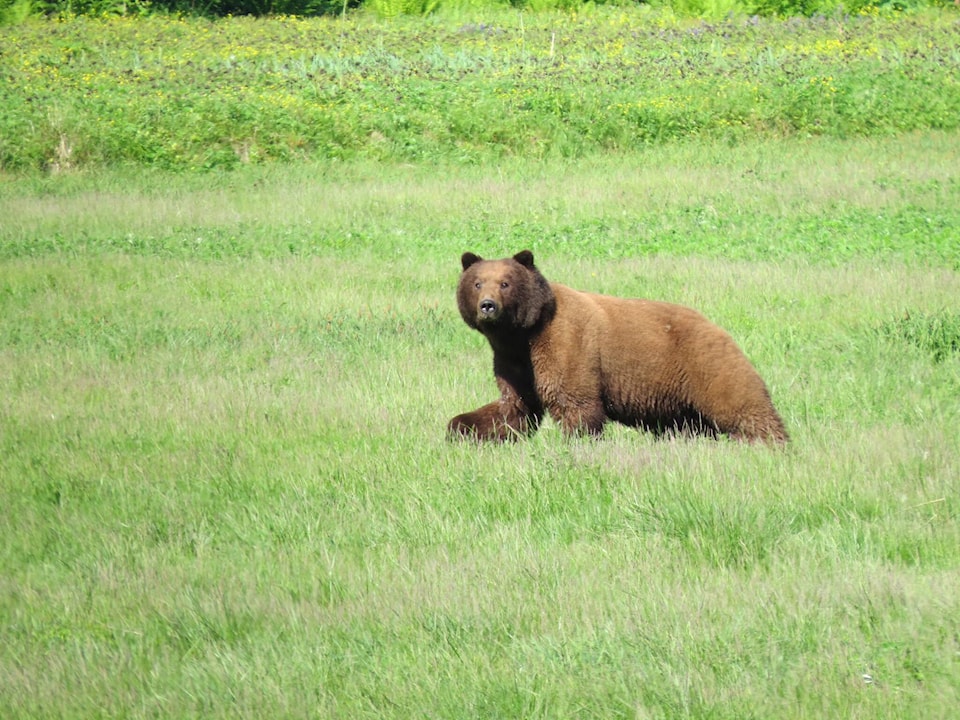Many people have a soft spot for bears. Maybe not for grizzlies; it’s kind of hard to feel warm and fuzzy about a massive dangerous creature towering over you at nine feet tall or more.
While they’re far more common, black bears are also dangerous and not a creature you want to stumble on while they’re going through your garbage.
Black bears are smart. They’ve been known to open car doors and make their way into houses in pursuit of finding food sources. And what’s more charming than a bear cub? Just remember to observe safely from a distance and stay out of the way.
It’s too bad some humans aren’t as smart. Leaving food sources out, like easily accessible garbage, fruit from backyard trees and so on, is a guaranteed way to attract bears into residential areas for unwelcome encounters.
That’s not good from the human’s side but it’s not good for the bears, either. Bears that become habituated to humans and human food run the risk of being destroyed by the conservation service. It’s not something they want to do, but it’s sometimes necessary when a bear loses its fear of humans.
Also, using trash as a food source can lead to malnutrition and other health problems for the bears.
Living with animals is a wonderful experience, but humans have a responsibility to the animals they share the neighbourhood with. As we continue to spread our homes into once wild areas, animal-human interactions — from small to large — are going to continue to increase.
So, if you have a soft spot for bears do the smart things: reduce attractants, don’t leave trash sitting out unsecured, pick the fruit from your backyard trees, and just reduce the availability of food sources that would bring bears in contact with humans.
